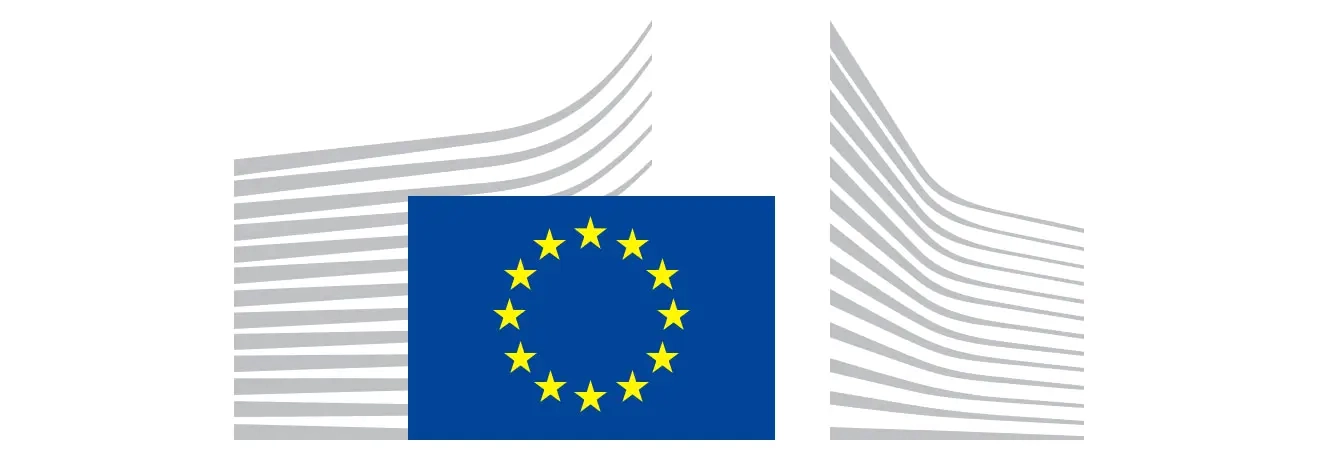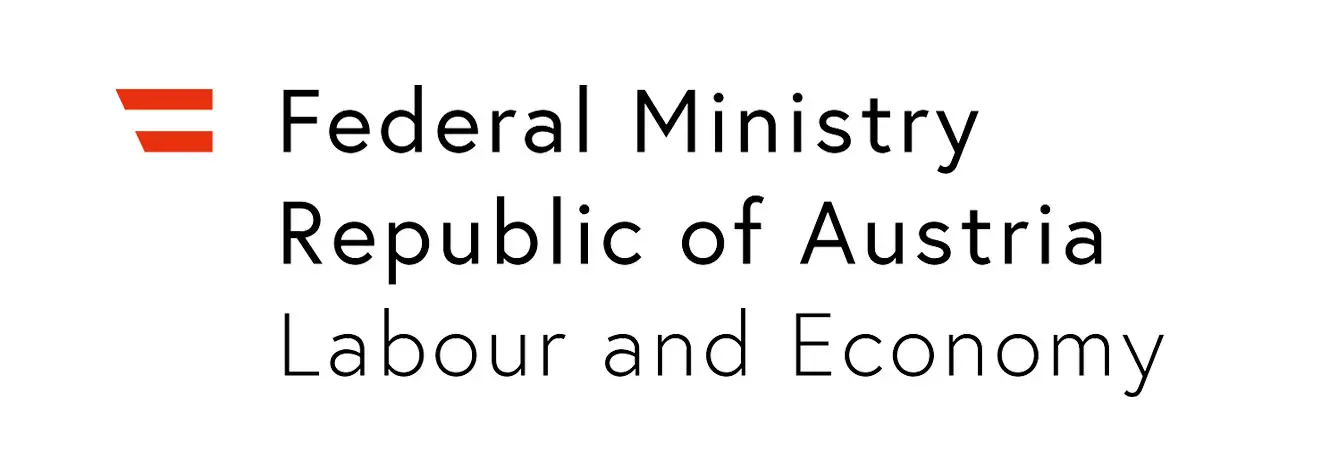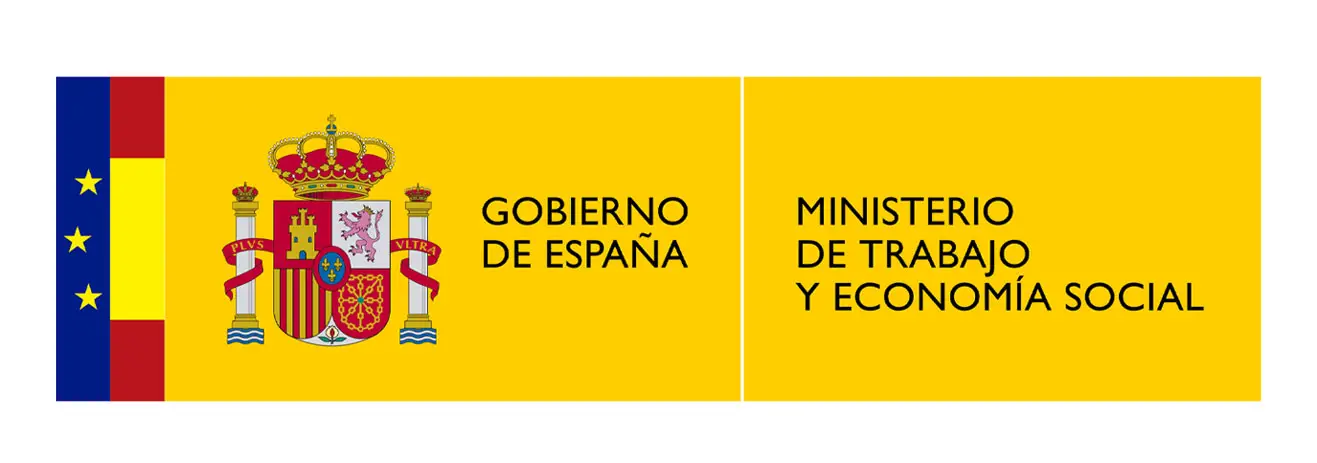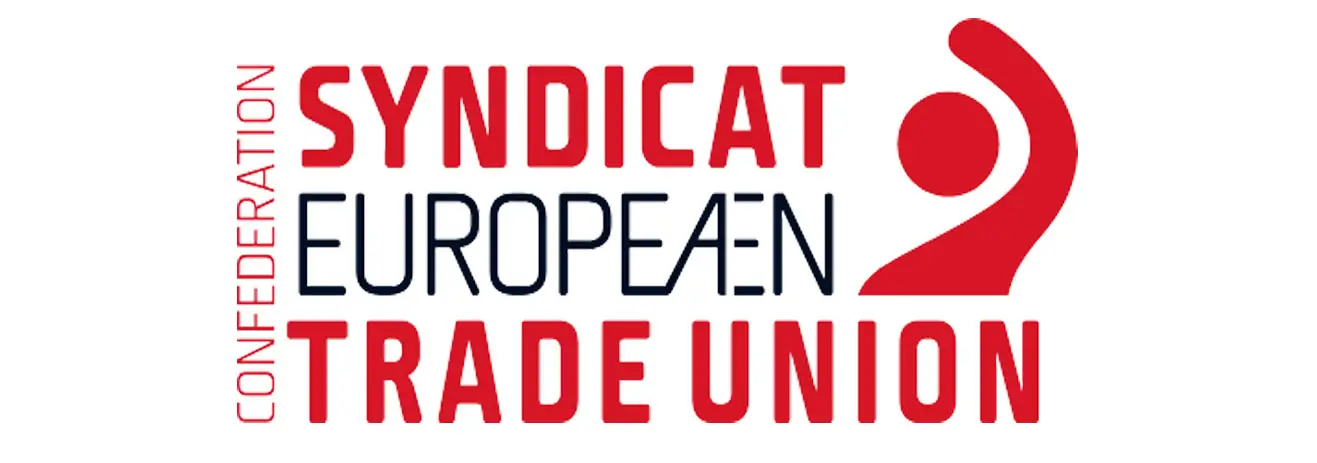STOP follows a hierarchy of control. Substitution of a carcinogen prevents exposure entirely as the carcinogen is removed and replaced.
Substitution of carcinogens can be challenging. A technically equivalent alternative needs to be available and feasible. The risk from the alternative must be lower than from the replaced carcinogen. If an evaluation does not allow to substitute a certain carcinogen, the reasons need to be transparently documented.
In general, successful substitution reduces risks for employees and offers employers implementing less demanding risk management measures. When eliminating exposure to a carcinogen entirely, there would be no need of an exposure registry nor to store it up to 40 years. It could reduce costs, e.g. for safety equipment, waste, medical examination. Above all, substitution benefits worker´s health.
When assessing substitution,
- Check the legal obligations which could restrict or limit the use of the carcinogen. One example is authorisation under REACH.
- Identify the carcinogens with the highest risk at the workplace and consider them first.
- Find out if the carcinogen used has a function in the final mixture or article. If so, these carcinogens are usually harder to replace and might require a re-design of your mixture or article or more extensive changes to the entire production process.
- Find out what criteria your customer really needs and where these criteria are flexible to allow changes.
- Set up criteria for substitution, which are relevant for you and your business. Be aware that a much safer alternative should not be disregarded simply because of costs.
- Identify who needs to be involved within your supply chain.
- Gather information about available alternatives and make informed decisions. Solutions may already be available.
- Consider sustainability aspects, e.g. carbon footprint, greenhouse gas emission, recyclability, which are becoming more and more important.
- An alternative does not need to be a universal solution. Instead, consider the combination of several types of measures.
Some measures to consider
Alternative substances or mixtures
Often substitution with an alternative substance or mixture is easier to implement in already established production processes and might only require small readjustments. However, avoid regrettable substitution by substituting with alternatives within the same chemical group and with a similar toxicological profile. Information on chemical properties, namely vapour pressure, and classification are available in the safety data sheet from your supplier and in dedicated chemical databases, e.g. by ECHA.
Example: chromium (III) instead of chromium (VI) in surface treatment of decorative chrome plating.
Technical alternatives
Technical alternatives achieve the same result with a different process. For example, using a physical process instead of a chemical process. Changes of processes often require the application of alternative substances. The properties of the final product or material can change as well.
Example: physical vapour deposition (PVD) instead of chromium plating with chromium (VI) for certain uses.
Functional alternatives
Setting the focus on the function in the final mixture or article can help consider a broader range of alternatives but it might require re-designing. A specific function could be delivered with an alternative as long as plausible and feasible.
Example: replacing surface treatment with chromium (VI) by protection of the surface with a wax or polish, preventing quick corrosion by exposure to oxygen and water.
Information databases for substitution
Some examples of available databases that can be consulted:
On Chemical Properties and Regulatory Status (EU)
On Alternatives















